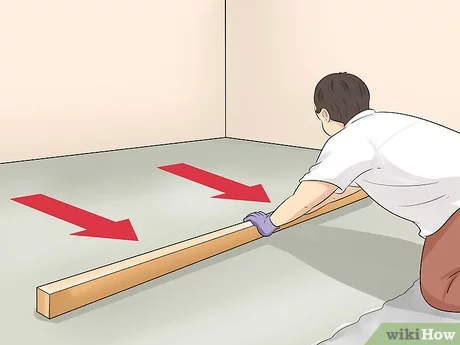How to Sit the Canter Properly: 12 Steps

Introduction:
Learning how to sit the canter properly is an essential skill for any equestrian. A smooth, balanced canter makes it easier for both horse and rider to maintain control, communicate effectively, and enjoy their ride.
Follow these 12 steps to improve your canter seat:
1. Start with a balanced walk:
Before transitioning into a canter, establish a calm and balanced walk with your horse. Keep your weight centered in the saddle and maintain a good, upright posture.
2. Move into sitting trot:
Transiting from walk to trot helps you find a rhythm that will aid in moving smoothly into the canter. Engage your core muscles and practice sitting back in the saddle during trot transitions.
3. Establish a correct position:
Sit tall with shoulders back, chest open, and head up. Keep your heels down and toes up to maintain stability and prevent leaning forward or gripping the horse with your knees.
4. Relax through transitions:
As you prepare to transition into the canter, inhale deeply, and exhale as you apply aids to cue for canter. By relaxing and breathing through these transitions, you will find it easier to remain balanced in your seat.
5. Hold onto the mane if needed:
Grasping a few strands of mane helps provide stability during transitions without relying on the reins or relying too much on your legs.
6. Steady leg pressure:
Maintain even contact with your legs against the horse’s sides without gripping or squeezing too tightly. This prevents brace or tension while keeping communication open with your mount.
7. Sitting back in the saddle:
During a canter, your hips should move smoothly along with the motion of your horse’s back—this means leaning slightly back as they push you upwards during each stride.
8. Following seat grip:
Sit deep in every stride by using your core muscles to absorb the horse’s motion. This allows you to remain balanced and secure while cantering.
9. Soften your joints:
Allow your hips, knees, and ankles to flex in response to the movement of the horse. This helps you stay fluid, balanced, and comfortable throughout the canter.
10. Keep your hands steady and quiet:
Maintain consistent contact with your horse’s mouth through soft, steady hands while keeping some flexibility in your elbows.
11. Practice independently on a lunge line:
Riding on a lunge line offers a safe environment for practicing and perfecting your canter seat. With the horse controlled by an instructor or well-experienced friend, you’ll be able to focus solely on your balance and position.
12. Seek feedback from a trainer or experienced rider:
Regular guidance from qualified instructors is crucial for refining and improving your canter seat. Work with trainers or seek advice from experienced riders in order to become more effective in your riding abilities.
Conclusion:
By following these 12 steps, you’ll be well on your way to mastering a proper canter seat, facilitating effective communication with your horse and increasing overall enjoyment for both of you during rides. Remember that practice makes perfect, so don’t be discouraged if progress is slow – keep at it, and you’ll soon see improvement!


